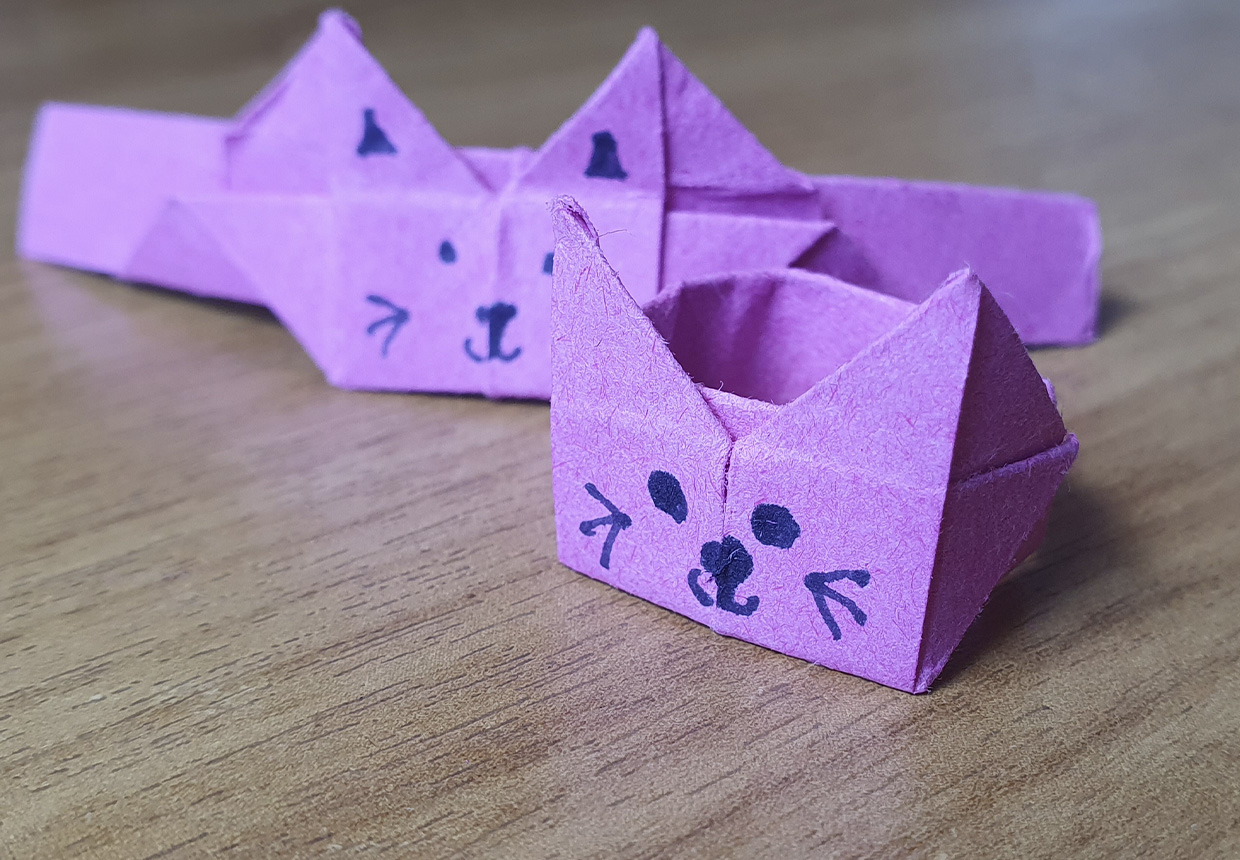Rings have long been a significant part of human history, embodying both practical and symbolic roles in societies across the globe. From declarations of love to markers of power and identity, rings have captured the hearts of people everywhere. This article takes you on a journey through the captivating realm of rings, exploring their origins, types, symbolism, and cultural relevance. If you're eager to deepen your understanding of these timeless accessories, you're in the right place.
Throughout history, rings have undergone remarkable transformations, evolving from basic metal circles into stunning works of art. They now serve as storytellers, commitments, and showcases of exceptional craftsmanship. By delving into the intricacies of rings, you can gain a deeper appreciation for their diverse roles in our lives.
In this guide, we will uncover everything there is to know about rings, including their historical importance, the many kinds available, and their modern-day uses. Whether you're a jewelry aficionado, a history enthusiast, or just curious about this enduring accessory, this article promises to deliver valuable insights.
Read also:John M Cusimano A Renowned Legal Authority In The United States
Table of Contents
- The Rich History of Rings
- Exploring the Various Types of Rings
- Unveiling the Symbolism Behind Rings
- Materials That Shape the Perfect Ring
- Popular Ring Styles Across the Globe
- Essential Tips for Caring for Your Rings
- Cultural Impact and Importance of Rings
- Rings as a Fashion Statement
- Understanding the Value of Your Rings
- The Future of Rings in a Tech-Driven World
The Rich History of Rings
Rings have a storied past that stretches back thousands of years, with archaeological evidence pointing to their use in ancient civilizations such as Egypt, Rome, and Greece. Initially crafted from humble materials like bone, wood, or clay, they eventually transitioned to precious metals and gemstones as societies advanced.
In ancient Egypt, rings held profound significance as symbols of eternity, thanks to their circular form. They were frequently employed in religious ceremonies and as seals for important documents. Conversely, the Romans used rings as emblems of authority and status. Roman rings were often personalized with the wearer's name or symbols representing their family or profession.
Significance in Ancient Civilizations
In ancient Greece, rings were cherished as tokens of love and friendship, often engraved with messages or symbols that captured the essence of the relationship between giver and recipient. Moreover, in many cultures, rings served as a form of currency or barter system.
- Ancient Egyptians utilized rings as symbols of eternity.
- Roman rings denoted authority and status.
- Greek rings acted as tokens of love and friendship.
Exploring the Various Types of Rings
The world of rings is vast and varied, with each type serving a distinct purpose or conveying a unique meaning. Familiarizing yourself with the different kinds of rings can help you make informed choices that align with your needs and preferences.
Engagement Rings
Engagement rings are perhaps the most iconic type of ring, symbolizing a commitment to marriage. Traditionally adorned with diamonds, modern designs now embrace a broader spectrum of gemstones and metals, offering something for everyone.
Wedding Bands
Wedding bands are worn to signify the sacred bond between two people in marriage. Typically more understated than engagement rings, they often feature plain bands or subtle designs, allowing them to complement the engagement ring.
Read also:Exploring The Life And Career Of Major Tis Talented Son
Fashion Rings
Fashion rings are crafted to enhance outfits and reflect personal style. With a vast array of designs, from minimalist to bold and extravagant, fashion rings empower individuals to express their creativity and individuality.
Unveiling the Symbolism Behind Rings
Rings are imbued with deep symbolic meanings that transcend cultures and time periods. The circular form of a ring represents eternity, continuity, and the infinite nature of life. This symbolism is especially evident in wedding rings, which embody the unending love and commitment between partners.
Cultural Symbolism
In certain cultures, rings serve as markers of membership in groups or organizations. For instance, college rings celebrate academic achievements, while religious rings symbolize faith and devotion. The symbolism of rings varies greatly depending on cultural and personal contexts.
Materials That Shape the Perfect Ring
The materials used in crafting rings have evolved dramatically over the centuries. Today's rings are meticulously designed using a variety of metals and gemstones, each bringing its own unique characteristics and allure.
Precious Metals
Precious metals such as gold, silver, and platinum are favored for their durability and aesthetic appeal. Gold rings, in particular, are treasured for their timeless beauty and versatility, making them a popular choice for special occasions.
Gemstones
Gemstones lend color and sparkle to rings, elevating their appeal. Diamonds remain the most popular gemstone choice for rings, but other gemstones like rubies, sapphires, and emeralds are also widely appreciated for their beauty and rarity.
Popular Ring Styles Across the Globe
The evolution of ring styles has been influenced by fashion trends and cultural preferences, resulting in a diverse range of options. Some of the most popular ring styles include:
- Classic Solitaire: A single diamond elegantly set in a simple band.
- Halo Rings: A central gemstone encircled by smaller stones for added brilliance.
- Eternity Rings: Rings adorned with gemstones all around the band, symbolizing infinite love.
- Vintage Rings: Rings inspired by historical designs, offering a touch of nostalgia and charm.
Essential Tips for Caring for Your Rings
Maintaining the beauty and longevity of your rings requires proper care and regular maintenance. By adopting a few simple practices, you can ensure your rings remain in pristine condition for years to come.
Cleaning Tips
To clean your rings effectively, use a mild soap and warm water. Gently scrub the rings with a soft-bristled brush to remove any dirt or debris. Avoid using harsh chemicals or abrasive materials, as they can damage the metal or gemstones.
Storage Suggestions
Store your rings in a secure location, such as a jewelry box or pouch, to protect them from damage. Keeping them separate from other jewelry items can prevent scratches and other forms of wear. Additionally, avoid exposing your rings to extreme temperatures or moisture, as these conditions can compromise their quality.
Cultural Impact and Importance of Rings
Rings hold immense cultural significance in numerous societies, often playing pivotal roles in ceremonies, rituals, and traditions that reflect the values and beliefs of a community.
Wedding Traditions
In many cultures, wedding rings are indispensable elements of marriage ceremonies. They symbolize the enduring commitment and unity between partners and are typically exchanged during the ceremony. The tradition of wearing wedding rings on the left hand's fourth finger dates back to ancient Rome, where it was believed that a vein in that finger connected directly to the heart.
Rings as a Fashion Statement
Rings have firmly established themselves as essential fashion accessories, offering countless opportunities for self-expression. Designers continually innovate, creating unique and stylish rings that cater to a wide array of tastes and preferences.
Trends in Ring Fashion
Current trends in ring fashion emphasize stackable rings, mixed metals, and oversized designs. These trends encourage individuals to mix and match rings, allowing them to craft personalized looks that resonate with their personalities and styles.
Understanding the Value of Your Rings
The value of a ring is influenced by several factors, including the quality of the materials, the level of craftsmanship, and the uniqueness of the design. By understanding these factors, you can better assess the worth of a ring and make informed decisions when buying or selling.
Factors Affecting Value
- Material Quality: The type and purity of the metal used in the ring.
- Gemstone Quality: The size, clarity, and color of any gemstones incorporated into the ring.
- Design Complexity: The intricacy and originality of the ring's design.
- Brand Reputation: The prestige and recognition of the designer or jeweler behind the ring.
The Future of Rings in a Tech-Driven World
As technology progresses, the future of rings appears incredibly promising. Advances in materials, design, and production methods are opening up new and exciting possibilities for the world of rings.
Smart Rings
Smart rings, equipped with sensors and connectivity features, are rapidly gaining traction. These innovative rings can monitor health metrics, provide notifications, and even facilitate payments, blending functionality with style.
Conclusion
Rings have been a vital component of human culture for centuries, evolving from simple metal circles into intricate masterpieces that continue to fascinate and inspire people around the world. By exploring their history, types, symbolism, and cultural significance, you can develop a deeper appreciation for their multifaceted roles in our lives.
We encourage you to delve further into the captivating world of rings and share your thoughts in the comments section below. For more insights into the fascinating realm of jewelry, don't hesitate to explore our other articles. Discover the endless possibilities that rings offer and let them tell your unique story.


